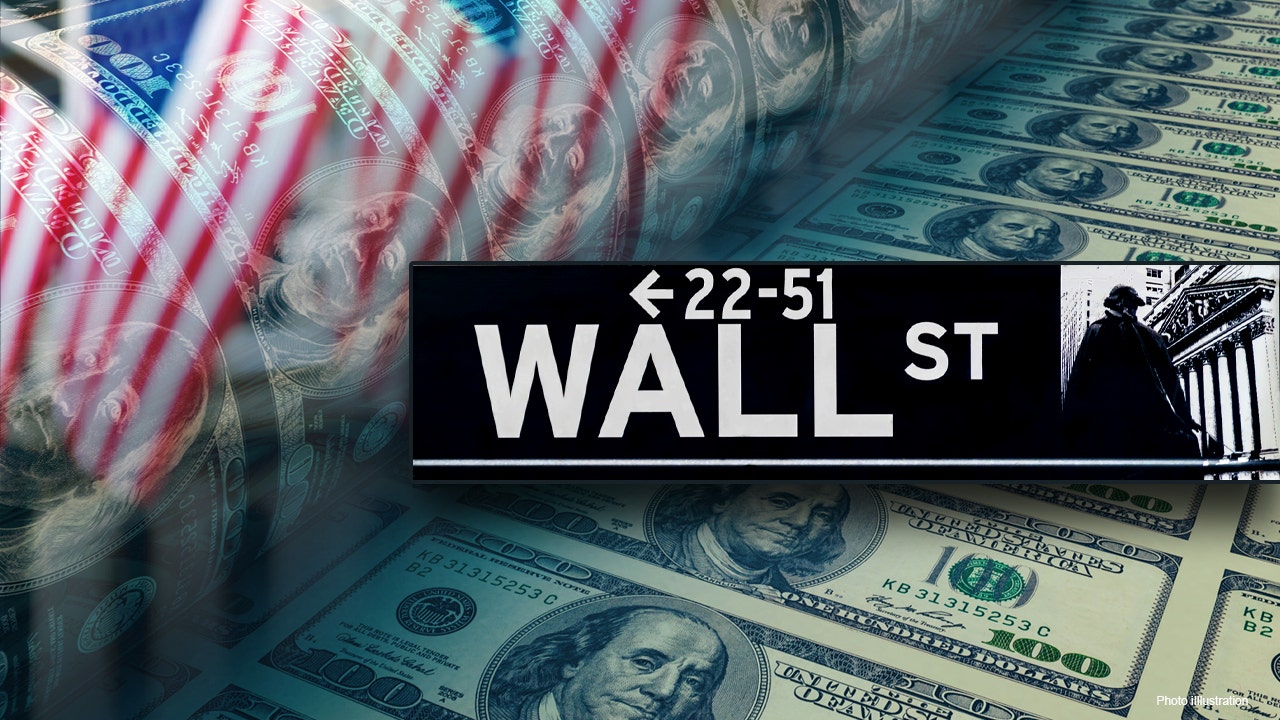Bussiness
Will U.S. return to easy money era?

Former Federal Reserve Governor Kevin Warsh discusses the Federal Reserve’s decision to slash rates on ‘Kudlow.’
Investors celebrated what could be the return of an easy money era after the Federal Reserve cut interest rates for the first time since March 2020 and projected rates may decline even further over the next two years.
Chairman Jerome Powell was asked by FOX Business’ Edward Lawrence whether the U.S. could be headed back to a time when rates hovered near zero, or so-called cheap money.
“It’s just a great question that we can only speculate about intuitively,” Powell said. “My own sense is that, that we’re not going back to that. But, you know, honestly, we’re going to find out. But, you know, it feels to me that the neutral rate is probably significantly higher than it was back then.
“How high is it? I just don’t think we know.”
THE FED CUTS RATE BY 50 BASIS POINTS: WHAT TO KNOW
The Federal Funds target rate now sits between 4.75%-5.00%, and projections from the central bank show rates could fall below 4%.
| Ticker | Security | Last | Change | Change % |
|---|---|---|---|---|
| I:DJI | DOW JONES AVERAGES | 42124.65 | +61.29 | +0.15% |
| SP500 | S&P 500 | 5718.57 | +16.02 | +0.28% |
Investors celebrated the move, pushing stocks, which were already at record levels, even higher. The Dow Jones Industrial Average crossed 42,000 for the first time ever, while the S&P 500 hovers at its all-time high.
HOW THE FED’S HISTORIC RATE CUT MAY IMPACT YOUR DAILY FINANCES
Dow Jones Industrial Average
The last time policymakers cut rates, the COVID-19 pandemic was raging as a public health and financial crisis, prompting an emergency rate cut in March 2020 when the Fed took rates to a range of 1%-1.25%, the largest cut since the 2008 financial crisis.
“The spread of the coronavirus has brought new challenges and risks,” Fed Chairman Jerome Powell said at the time during a news conference. “The virus has afflicted many communities around the world, and the outbreak has also disrupted economic activity in many countries. The virus and the measures being taken to contain it will surely weigh on economic activity, both here and abroad, for some time.”
Jerome Powell, chairman of the Federal Reserve, during a news conference following a Federal Open Market Committee meeting in Washington, D.C., July 31, 2024. (Al Drago/Bloomberg via Getty Images / Getty Images)
Americans enjoyed the lowest borrowing costs of a generation. For example, a 30-year fixed rate mortgage fell to a record low of 2.65% in January 2021, as tracked by Freddie Mac.
HOW LOW MAY MORTGAGE RATES GO?

Homes under construction in Sacramento, Calif., July 3, 2023. (David Paul Morris/Bloomberg via Getty Images / Getty Images)
While the start of the current easing cycle is underway, the current conditions are far from the pandemic upheaval. Still, borrowing costs will begin to fall, but its unlikely rates will return to the lows of four years ago.
FED GOVERNOR EXPLAINS HER NO VOTE
Additionally, inflation remains a risk. That’s why Federal Reserve Governor Michelle Bowman was the sole dissent, voting against a rate cut.
“While core inflation remains around or above 2.5%, I see the risk that the committee’s larger policy action could be interpreted as a premature declaration of victory on our price stability mandate. We have not yet achieved our inflation goal” she explained Friday.










